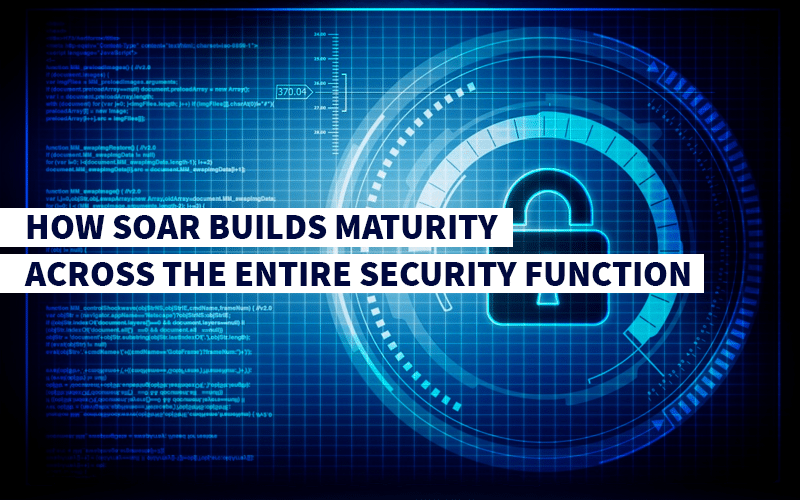
SYMPHONY 2019 – SIRP’s Cybersecurity Conference
August 26, 2019
How SOAR Enhances the Vulnerability Management Process
September 3, 2019
SYMPHONY 2019 – SIRP’s Cybersecurity Conference
August 26, 2019
How SOAR Enhances the Vulnerability Management Process
September 3, 2019How SOAR Builds Maturity
Across the Entire Security Function

When thinking about SOAR, it’s easy to get hung up on a single function.
For example, many people think of SOAR platforms primarily as a way to empower incident response.
Others think of it as something to help security operations centers handle an ever-increasing volume of alerts.
And while neither of these preconceptions is “wrong,” they also don’t fully encapsulate the benefits SOAR can provide for the security function.
In this post, we’re going to look at how SOAR platforms and methodology can empower the entire security function. We’ll do this by looking at the top four use cases.
SOAR for Security Leaders
Security leaders have two primary concerns: visibility, and risk management.
SOAR helps address both of these concerns.
Playbooks and automated reporting make it easy for security leaders to see at a glance which incidents and alerts are open, who is handling them, and how long it’s taking. It also helps them understand how long it typically takes to process different types of incidents and vulnerabilities, and thus where further investment and/or training may be required. Similarly, it makes it easy for security leaders to see which members of their department are performing best, and who could benefit from additional support.
In terms of risk, some SOAR platforms make it easy to bring the learning points and insights from your entire security stack into a single location. That makes it a simple process for security leaders to identify important trends (e.g., which attack vectors are most common, which assets are being targeted, which incidents to prioritize first based on assets risk score, etc.) and make decisions accordingly.
SOAR for Incident Response
Alert fatigue is a huge issue for SOCs. It ensures that a huge number of vital alerts go unprocessed, and SOC analysts quickly become overwhelmed and unproductive.
SOAR platforms tackle alert fatigue in two ways:
- They use threat intelligence enrichment to automatically discard “false positive” alerts before they ever reach human analysts.
- They make it easy to automate manual, repetitive tasks, and ensure alerts can be triaged and processed without the need to constantly switch back-and-forth between security technologies.
The combination of these two advantages leads to a massive reduction in wasted time for SOC analysts and drastically reduces the impact of alert fatigue.
SOAR for Vulnerability Management
Historically, vulnerability management has been treated as a numbers game. The more vulnerabilities being patched, the better the security team is regarded.
But this approach is outdated and ineffective. In reality, not every vulnerability produces the same level of cyber risk.
SOAR platforms help vulnerability management professionals quickly identify which current vulnerabilities are actively being exploited and/or included in exploit kits, and thus are most likely to be an issue. Patching these vulnerabilities first ensures a dramatic reduction in cyber risk for the organization.
Want to Find Out More?
As we’ve seen, SOAR platforms are far from a “one-trick pony”.
In fact, they have applications across the entire security function and can help organizations drastically reduce levels of cyber risk across the board.
To see how the SIRP SOAR platform can help your organization decrease response times, tackle cyber risk, and improve visibility, get in touch today to arrange your personalized demonstration.

